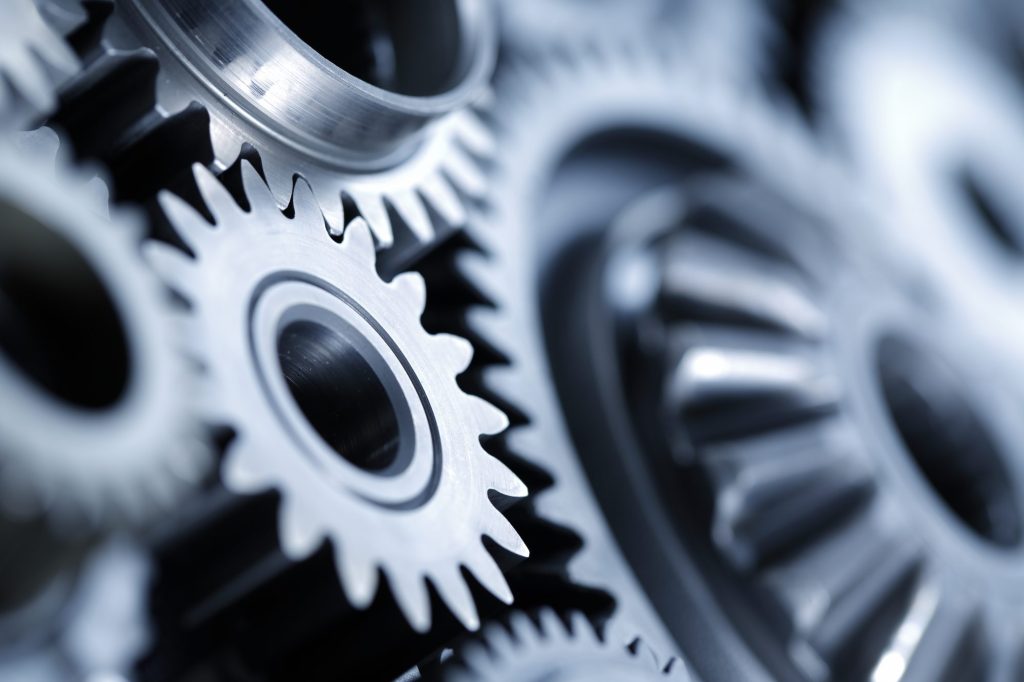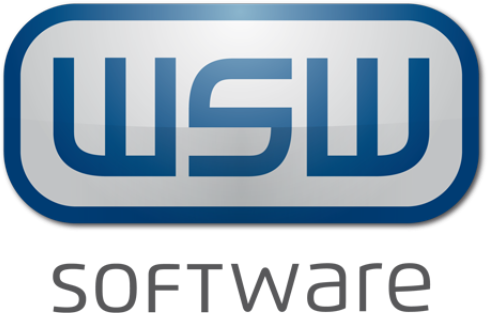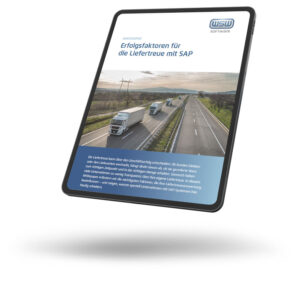Processes
Create efficient and smart processes with us
Smooth processes are the key to your company's success. We support you with our flexible solutions and our consulting expertise.

Our process solutions at a glance
From customer order to delivery, numerous processes must mesh effortlessly. We have developed solutions that support you in carrying out smooth, error-free and automatic processes - in your production and logistics, but also in communication with your customers and suppliers.
We support you with smart in-house developments, SAP-based add-ons and our consulting and process expertise. You can find an overview of the central processes here.
Data reception & processing
Preparation
Shipping
Customs & Foreign Trade
SAP Data management
Production & Warehouse
Monitoring & Analysis
An excerpt of our customers













Get in touch with WSW
For those who want to know more.
You want to know more about our services, products or have questions that our website could not answer? Then we look forward to talking to you!


